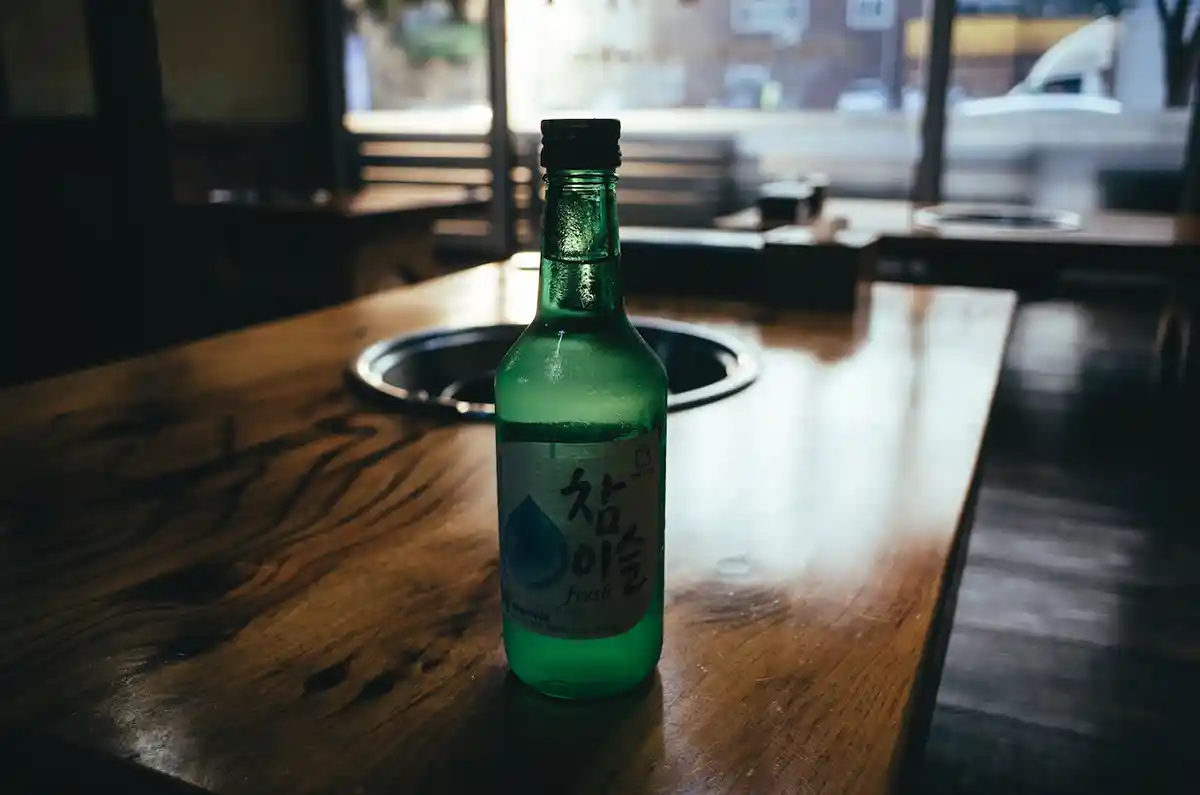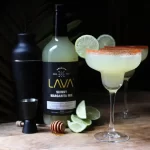In the realm of refined spirits, where tradition and taste intertwine, two titans stand tall: So Ju and Sake. Each of these libations carries a legacy of craftsmanship and cultural significance, yet they possess distinct characteristics that set them apart. Delve into the world of So Ju and Sake as we explore their differences, from production methods to flavor profiles.
1. Unveiling the Origins
1.1 So Ju: Korea’s Timeless Elixir
So Ju, an elixir hailing from the enchanting lands of Korea, has been revered for centuries. Crafted through meticulous fermentation of grains such as rice, wheat, or barley, it carries the essence of Korean tradition within its golden depths. So Ju embodies the harmonious blend of history and modernity, offering a taste that echoes through the ages.
1.2 Sake: Japan’s Nectar of the Gods
In the heartland of Japan, Sake has held a sacred place in both ritual and revelry. Derived from the brewing of polished rice, Sake embodies the elegance and precision for which Japan is renowned. Its creation is an art form, blending pristine water, carefully cultivated yeast, and the expertise of skilled artisans. Sake holds a special position in Japanese culture, flowing with the spirits of tradition and reverence.
2. Crafting the Distinction
2.1 Fermentation: The Alchemy of Flavor
So Ju and Sake take divergent paths on their journey towards liquid perfection. So Ju undergoes a process of multiple distillations, resulting in a higher alcohol content and a clean, crisp taste. On the other hand, Sake follows the path of fermentation, where the starches in rice are converted into sugars by the diligent work of koji mold. This intricate process gives Sake its unique flavor profile, marked by delicate nuances and a subtle sweetness.
2.2 Ingredients: A Tale of Grain and Rice
While both So Ju and Sake share the foundation of rice, they diverge in their choice of supplementary ingredients. So Ju embraces the versatility of grains, employing rice, wheat, barley, or even sweet potatoes, leading to a rich and diverse flavor spectrum. Sake, however, remains true to the purity of rice, embracing its subtle complexities and allowing them to flourish.
2.3 Maturation: Aging Gracefully
In the realm of So Ju, aging is often cherished, with some varieties maturing for several years. This extended aging process brings forth deeper flavors and smoother textures, akin to the aging of fine wines. Sake, on the other hand, often reaches its peak within a shorter timeframe. It is enjoyed fresh, preserving its vibrant and lively character.
3. Unveiling the Symphony of Tastes
3.1 So Ju: An Ode to Versatility
So Ju delights in its versatility, offering a myriad of flavors to satisfy every discerning palate. From the gentle sweetness of fruit-infused So Ju to the robust earthiness of traditional grain-based varieties, So Ju invites exploration and celebration. It dances on the tongue, evoking the spirit of camaraderie and merriment.
3.2 Sake: A Symphony of Elegance
Sake, with its refined nature, offers a delicate and nuanced experience. The taste of Sake can range from light and floral to rich and complex, mirroring the subtleties of the brewing process. It whispers on the palate, invoking a sense of tranquility and grace.
4. Conclusion
In the ethereal realm of spirits, where culture and craftsmanship intertwine, So Ju and Sake claim their rightful place. So Ju, the pride of Korea, entices with its diverse flavors and rich history. Sake, the nectar of Japan, captivates with its refined elegance and timeless traditions. As you embark on your journey through the realms of So Ju and Sake, embrace the subtle symphony of tastes that await, and let the spirits of Korea and Japan guide your exploration.
5. Unique FAQs
- Q: Can So Ju be enjoyed in cocktails?
- A: Absolutely! So Ju’s versatile nature makes it an excellent choice for crafting delightful cocktails. Try mixing it with fresh fruit juices or creating So Ju-based martinis for a unique twist.
- Q: What temperature is ideal for serving Sake?
- A: The ideal serving temperature for Sake depends on the type. Generally, chilled Sake is enjoyed in warmer months, while warm Sake is favored during colder seasons. Experiment with different temperatures to find your preferred Sake experience.
- Q: Does So Ju have any health benefits?
- A: So Ju, like many alcoholic beverages, should be enjoyed in moderation. It is worth noting that some studies suggest moderate So Ju consumption may offer certain health benefits, such as improved cardiovascular health and increased antioxidant intake.
- Q: Are there different styles of Sake?
- A: Yes, there are various styles of Sake, each with its unique characteristics. Junmai, Ginjo, and Daiginjo are some examples, distinguished by factors such as rice polishing ratio, fermentation process, and flavor profiles.
- Q: Can So Ju and Sake be paired with food?
- A: Absolutely! So Ju and Sake both have the ability to elevate a dining experience. So Ju pairs well with Korean cuisine, while Sake complements a wide range of Japanese dishes. Explore the harmony between flavors and indulge in the art of food and spirit pairing.



